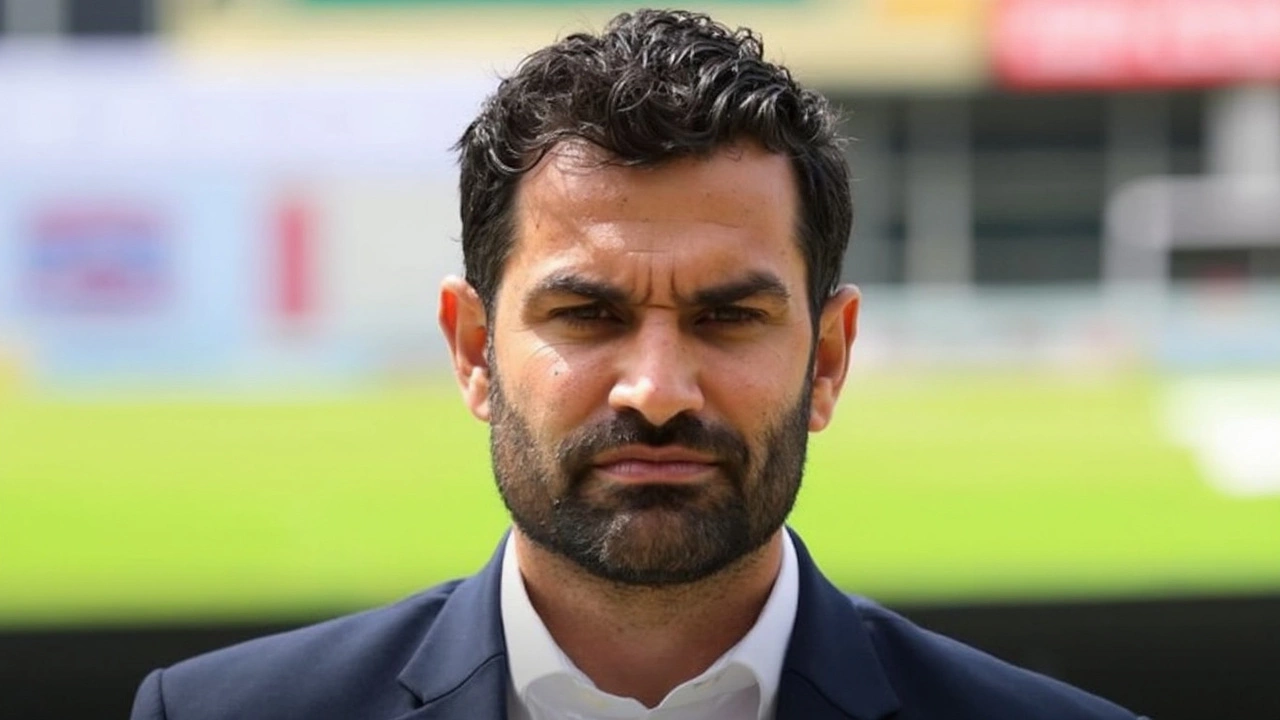Angioplasty Explained: Procedure, Benefits, and Recovery
When talking about heart health, Angioplasty, a minimally invasive technique that widens narrowed arteries using a balloon and often a stent. Also known as percutaneous coronary intervention, it restores blood flow and reduces chest pain. The condition it targets most often is Coronary artery disease, plaque buildup that restricts blood supply to the heart muscle. To open the tight spot, doctors thread a Balloon catheter, a small inflatable tube that expands the artery walls into the blockage. Once the artery is wider, a Stent, a tiny mesh tube that holds the artery open permanently is often left in place. These three entities—angioplasty, balloon catheter, and stent—form a chain: angioplasty uses a balloon catheter, the balloon opens the artery, and the stent keeps it open. This simple chain enables doctors to treat coronary artery disease without opening the chest, which means shorter hospital stays and faster return to daily life. If you’re reading this because you or a loved one is scheduled for the procedure, you’ll likely hear the term angioplasty many times during consultations.
How the Procedure Unfolds and What It Means for You
The process starts with a local anesthetic at the groin or wrist, then the cardiologist guides the balloon catheter through the blood vessels using live X‑ray images. When the tip reaches the narrowed segment, the balloon inflates, compressing plaque against the artery wall. In most cases a stent is crimped onto the balloon and expands at the same time, creating a scaffold that prevents the artery from closing again. This sequence shows a clear semantic link: the success of angioplasty depends on proper balloon inflation, which in turn relies on accurate stent placement. After the balloon deflates and the catheter is withdrawn, the patient is monitored for a few hours; complications are rare but can include bleeding at the entry site or a temporary change in heart rhythm. Compared to traditional cardiac surgery, which often requires opening the chest and a longer recovery, angioplasty offers a quicker path back to normal activities. Many patients report feeling better within a week, although doctors usually prescribe a short course of blood‑thinners to keep the stent clear of clots.
Recovery doesn’t end when you leave the hospital. Lifestyle changes—like quitting smoking, eating heart‑healthy foods, and staying active—help the new artery stay open long‑term. Follow‑up appointments let your doctor check the stent’s position and ensure no new blockages are forming. If you’re curious about the alternatives, cardiac surgery remains an option for severe cases where multiple arteries need bypassing, but for most single‑vessel problems angioplasty is the go‑to solution. Below you’ll find a curated collection of articles that dive deeper into each step of the process, share patient stories, and explain how the latest stent technologies are improving outcomes. Keep reading to get practical tips, find answers to common questions, and see how this procedure fits into the broader picture of heart‑care management.



